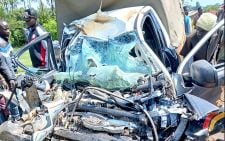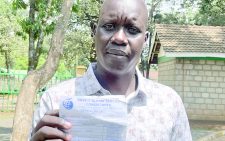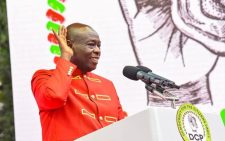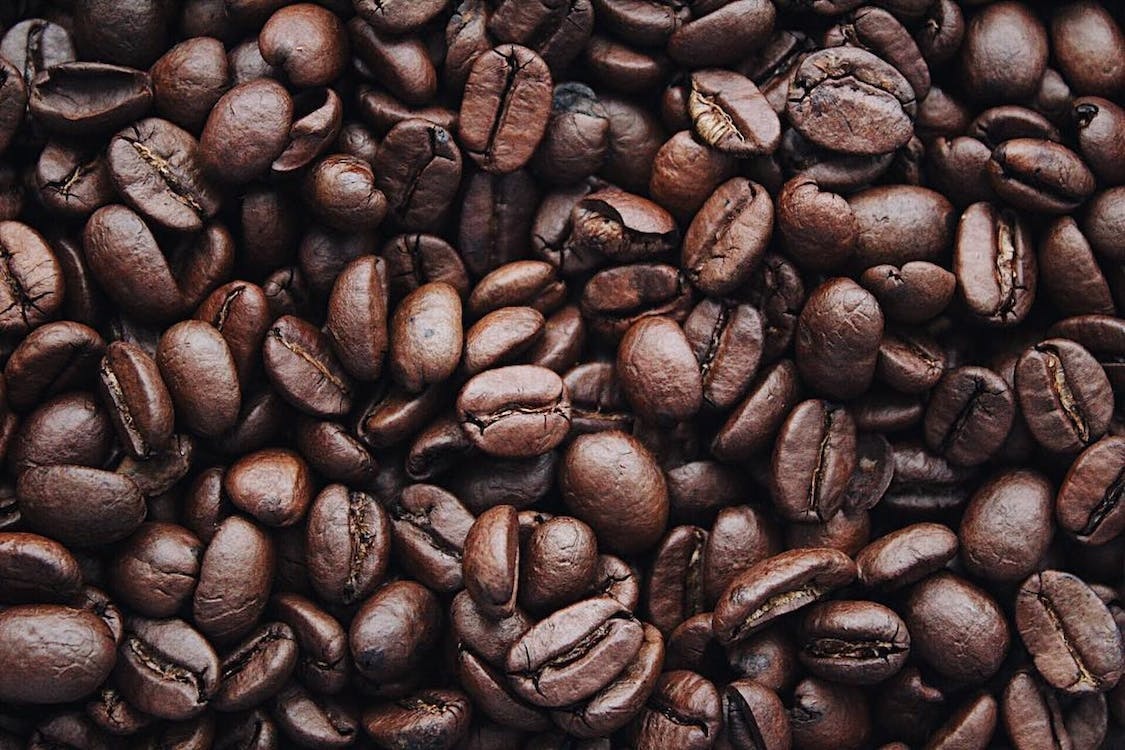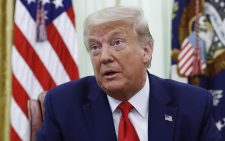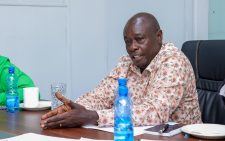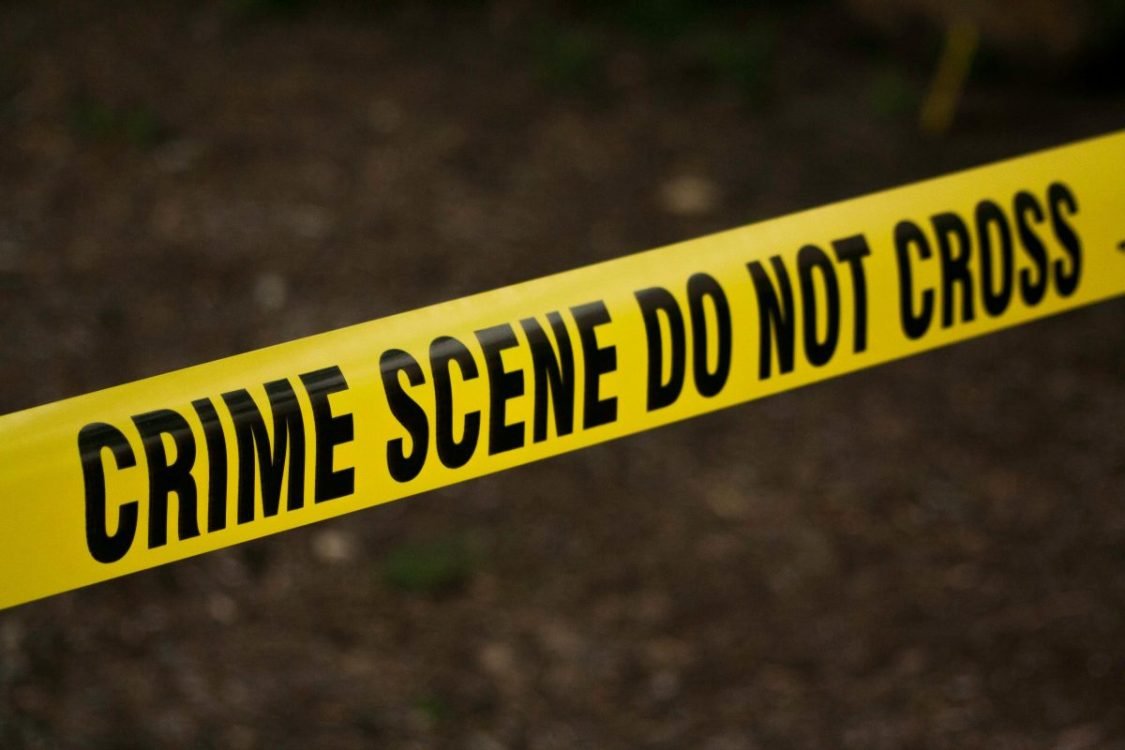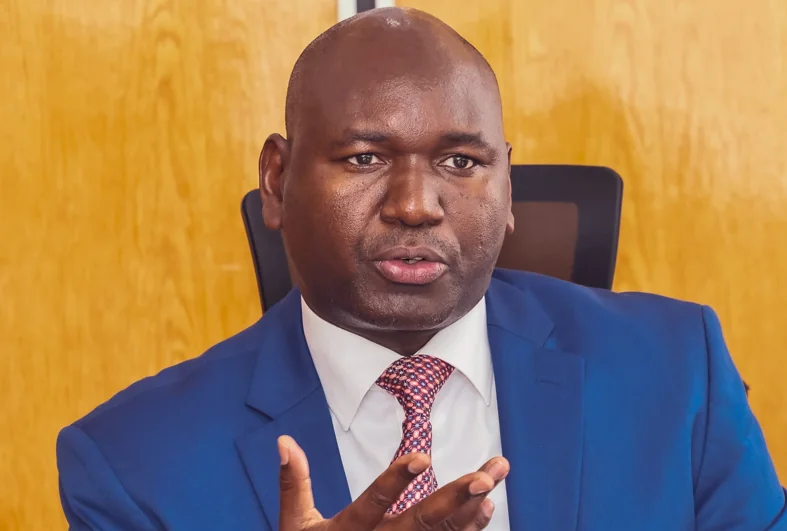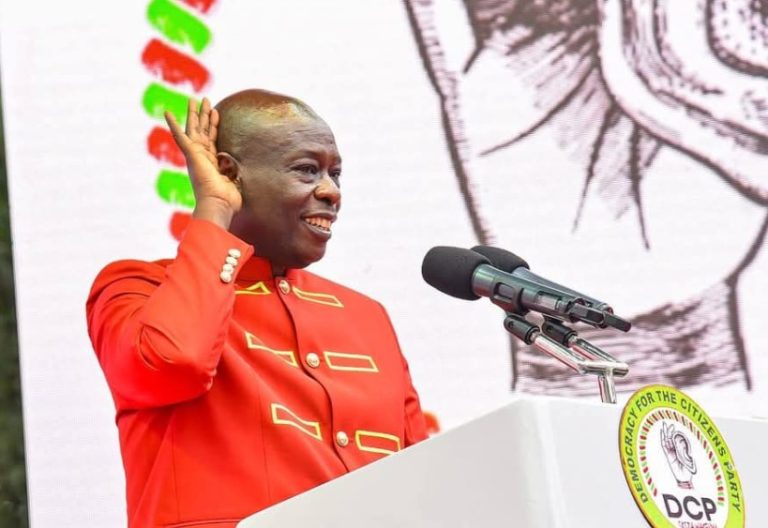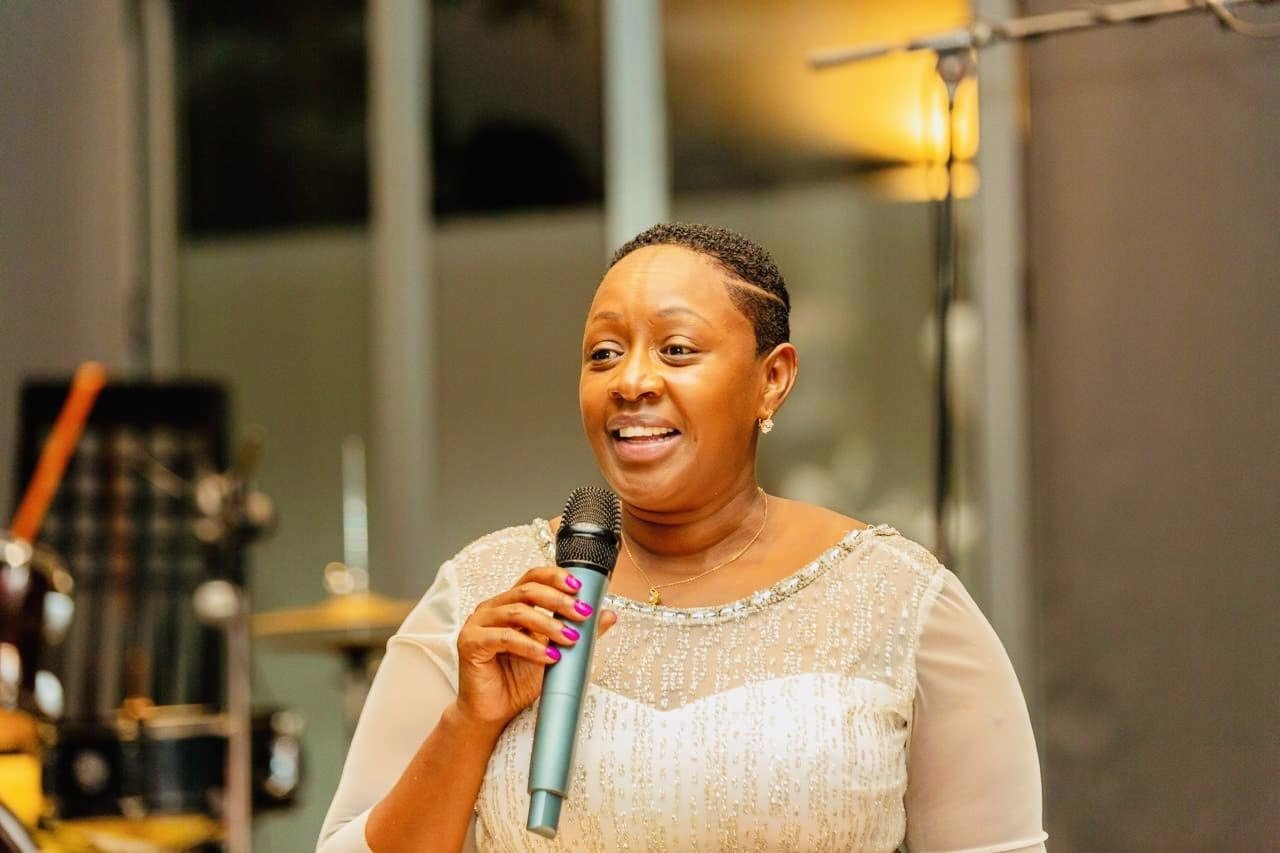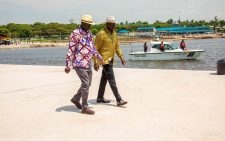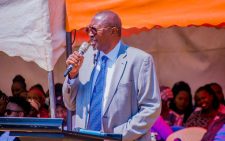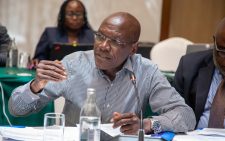How Jaramogi – Kenyatta rivalry shaped Kenya’s politics
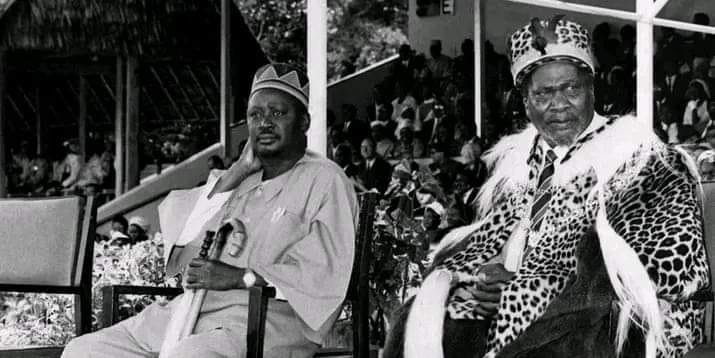
As the country marks 30 years since the death of Kenya’s first Vice President Jaramogi Oginga Odinga, we delve into how his rivalry with former late President Jomo Kenyatta shaped Kenya’s politics.
The fallout that dates back to the 60s started as brotherhood since in the countdown to Kenya’s independence, Jaramogi pushed for the release of then-detained Kenyatta.
After Kenyatta’s release in 1961, the two became inseparable political bedfellows and at independence in 1963, Kenyatta named Odinga Vice President but it did not take long for them to differ.
Jaramogi later resigned from the government. The fallout became the birth of the opposition and since then, Kenya’s post-independence political landscape has largely been defined by the hot-and-cold relationship between their two prominent families.
The two men disagreed on ideological reasons and years later, the same has played out among their sons.
The story would repeat itself time and again as clashes and peacemaking moments between former President Uhuru Kenyatta and opposition leader Raila Odinga echo those of their fathers.
Raila first contested the presidency in 1997 and lost to President Daniel arap Moi while Uhuru made his debut in 2002 and lost to Mwai Kibaki, who was then backed by Raila.
In 2002, late President Daniel Moi named Uhuru Kenyatta as his preferred successor and the KANU presidential candidate in the December 2002 election.
Upon the announcement, Raila Odinga joined the rest of the opposers among them, George Saitoti and Kalonzo Musyoka who stormed out of Kanu and teamed up with the opposition led by Mwai Kibaki who became the joint opposition candidate.
Kibaki would defeat Uhuru in the election later that year.
Five years later, Kenyatta decided against running again and chose to support President Kibaki, who was in a tight race with Raila Odinga.
Kibaki secured a second term. His victory was hurriedly declared by the electoral commission Chairman Samuel Kivuitu leading to divisions along ethnic lines and an eventual political skamishes that saw thousands of people die.
After the bloody election, Uhuru Kenyatta was featured on ICC prosecutor Luis Moreno Ocampo’s list with allegations of causing the 2007/2008 post-election violence. Uhuru was accused alongside Raila’s ally William Ruto.
Later, Raila Odinga was appointed as the Prime Minister of Kenya to implement a power-sharing deal. Kibaki also named Uhuru as his deputy and Minister for Trade, and later on Finance.
Meanwhile, Uhuru in a masterclass move, would later team up with Ruto to secure an electoral victory against Raila Odinga in 2013 that saw their ICC charges withdrawn.
In 2017, Uhuru and Ruto clinched victory again but Odinga’s opposition party at the time -the National Super Alliance(NASA), aggressively protested and rejected the declaration of Kenyatta as the winner leading to the annulment.
This led to a fresh poll held in October 2017 but even the rerun was rejected by Odinga who was later installed as a People’s President on January 30, 2018.
Just over a month, later Kenyatta and Odinga on March 9, 2018, surprised their supporters when they publicly shook hands and agreed to work together and somewhat end the bitter Kenyatta-Odinga political rivalry spanning five decades.
The two also endorsed the Building Bridges Initiative(BBI) framework which was later declared unconstitutional in March 2022.
The political pact between the two saw Uhuru endorse Raila in the August 2022 elections, but he lost for the fifth time to his former Deputy President William Ruto.
